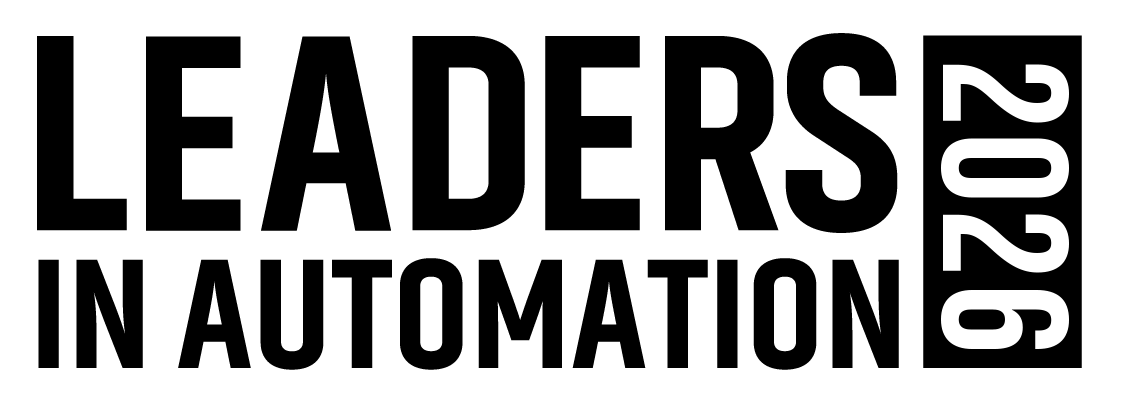The law states that the actions of people and organizations always have effects, or consequences, that are not anticipated, and therefore unintended.
Most often, the law is applied to government actions, but I started to think about the many ways the law is at work in my personal life, and the automation industry itself. For example, I’m writing this column a few days before the holidays, after shopping for my family’s wish lists of gifts. My kids will receive a brand-new computer on Christmas morning, complete with the newest processors, largest flat-panel screen, and fastest DSL Internet connections. They’ll be happy; I’m happy. But the unintended consequence of this new machine is that it negates my efforts to limit their computer time and online game playing.
Another example of unintended consequences is our recent history with steel tariffs. The U. S. government sought to appease the struggling U.S. steel industry by placing tariffs on imported steel. The unintended consequences were much higher steel prices for the steel-consuming industries, such as automotive, and stiff opposition from the World Trade Organization. The Bush administration repealed the tariffs in December, about 18 months before their original expiration date.
The advent of open systems in computer-based controls has vastly changed automation systems, and not always for the better. When I received my engineering degree more than two decades ago, personal computers were just starting to come on the scene. In fact, my engineering curriculum included courses in Fortran, a complex language that effectively shut out all but the initiated from computer programming.
Today, manufacturers are using open PC-based systems throughout their factories and processes. The benefits are many: more choices, faster technology adoption, user familiarity, reduced training and lower costs. The unintended consequences leverage these same benefits—with user familiarity comes the potential for user abuse, such as game playing and hacking.
The Internet is another hotbed of unintended consequences. The 24/7 link provided by the Internet promotes data sharing, enterprise-wide communications and global support for manufacturers. On the flip side, industry is exposed to security risks and virus attacks.
The brain drain
One area in which we are just beginning to see the law of unintended consequences at work is in the trend to outsource. U.S. manufacturers have been outsourcing jobs at an accelerating rate over the past decade. Now, companies are outsourcing jobs ranging from information technologists to accountants and financial analysts.
In the short term, job outsourcing can have a positive effect on the balance sheet. Labor rates are usually much lower in third-world or developing countries, such as China and India. The long-term consequences for the United States, however, may be devastating. Outsourced knowledge workers, combined with the retirement of experienced automation professionals and the downsizing of engineering departments, is leading to a U.S. brain drain. Where will it end? Government intervention is one solution, where certain industries, such as energy, are designated as critical to our national security, and afforded protectionist policies. Of course, those could go the way of the steel tariffs.
Another solution is both more personal and potentially more powerful. Teamwork and training can stop the brain drain by maximizing the capacity of the in-house talent at U.S. manufacturers. We talk a lot about asset management and the optimization of automation systems. In this issue of Automation World, with its theme of “the automation team,” the asset to be optimized is you. Whatever your role in the automation team, take advantage of training opportunities, remember to play well with others and leverage technology tools to maximize intellectual capacity.
About the Author
Jane Gerold
Automation World

Leaders relevant to this article: